Sanadiq proved to be more than just microfinance — it became a sandbox for resilience in the purest sense: a locally owned, trust-based system capable of sustaining economic life during systemic breakdown
— Syria —
empowerment. resilience. ownership
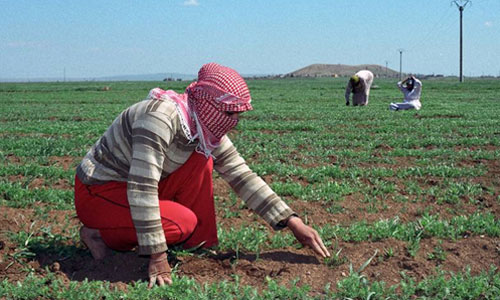



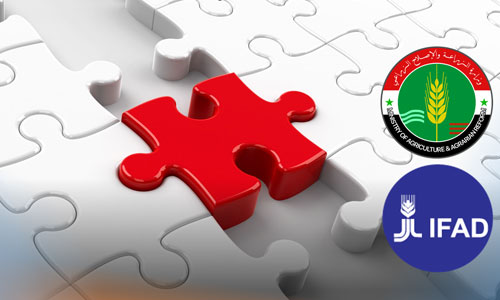
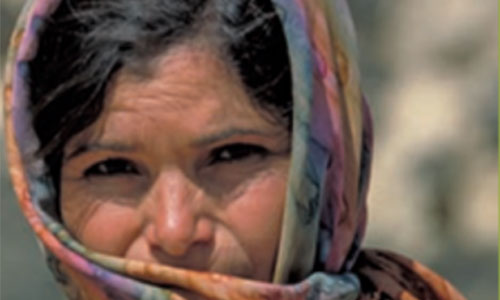
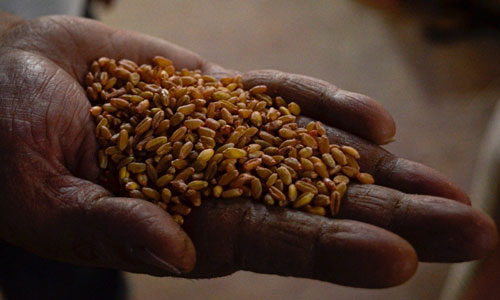
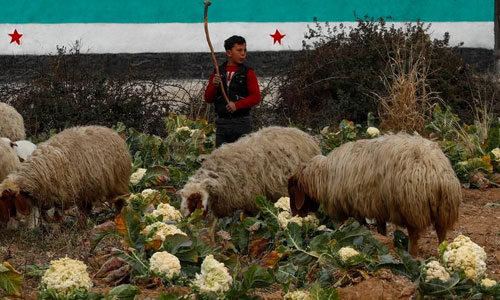
Sanadiq - Syria’s Sandbox of Resilience: reimagining Microfinance through community trust
"When trust replaces collateral, and communities become the bank — sustainability is no longer a dream, but a living system."
— Shaan Stevens, GG International
Challenge
In 2013/14, amid Syria’s prolonged conflict and economic collapse, access to financial services in rural areas disappeared almost entirely. Recognizing this urgent gap, the Integrated Livestock Development Project (ILDP) — an initiative funded by the International Fund for Agricultural Development (IFAD) — reintroduced a community-rooted microfinance model known as Sanadiq, meaning “sandbox.”
The name symbolizes a space where the village collectively pools its resources to help one another — a social-financial sandbox fostering trust, inclusion, and self-reliance. In an environment where formal banking systems were paralyzed, Sanadiq offered a lifeline — enabling microloans, enterprise support, and financial dignity to the most vulnerable.
To evaluate and strengthen this village-level innovation, IFAD engaged GG International’s Finance and Risk specialist Shaan Stevens, who conducted a comprehensive analysis of the program’s governance, financial sustainability, and legal viability.
Strategy
Following a field-based fact-finding mission by GG International’s partner, AlHuda Center for Islamic Banking & Economics, Shaan Stevens led a strategic review of the Sanadiq model across Syria’s Latakia, Tartous, and Homs governorates.
Key focus areas included:
- Reinforcing the “social contract” — where mutual accountability and communal enforcement effectively replace collateral.
- Introducing a self-funding model by adjusting interest rates and retention percentages to ensure post-donor viability.
- Maintaining regulatory flexibility by recommending that Sanadiq remain outside the formal banking system to preserve its simplicity and community-driven nature.
- Mapping out digital inclusion pathways for long-term financial access once Syria’s infrastructure stabilizes.
The analysis revealed an extraordinary achievement: loan repayment rates nearing 100%, robust grassroots governance, and a growing share of women borrowers, despite operating in a high-risk, post-crisis environment
Transformation
Underpinned by Shaan Stevens’ policy recommendations, the IFAD-ILDP program recognized Sanadiq as:
- A globally relevant template for community-driven finance
- A cost-effective and low-risk model in high-risk zones,
- A vehicle for empowerment, especially among women, youth, and remote communities.
Today, Sanadiq stands as a compelling blueprint for development agencies and donors seeking to build financial ecosystems from the bottom up — proving that when communities build their own sandbox, they don’t just survive crisis — they grow through it.